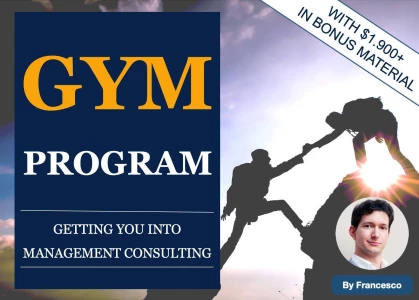Hello,
I am a person that has always practiced cases for MBB or tier 2 consulting firms. Since big 4 can be quite different, I was wondering if anyone has had experience with their strategy consulting practice interviews and whether their cases differ?
I was also told that I would get a round of interview consisting of reading papers and data and then presenting your findings, could someone clarify on this?
Thank you!













